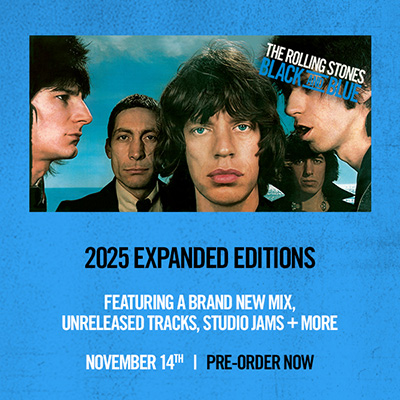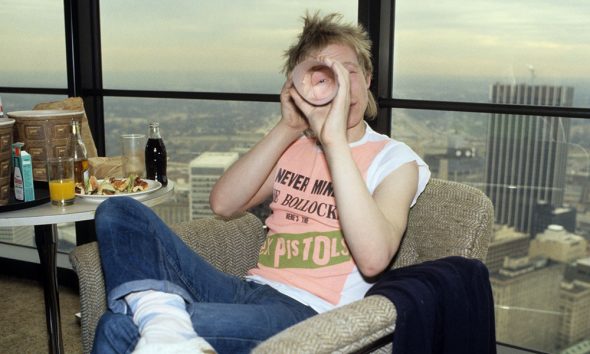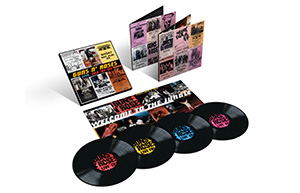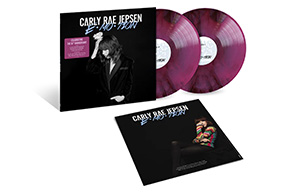The Enduring Power of Greatest Hits Albums
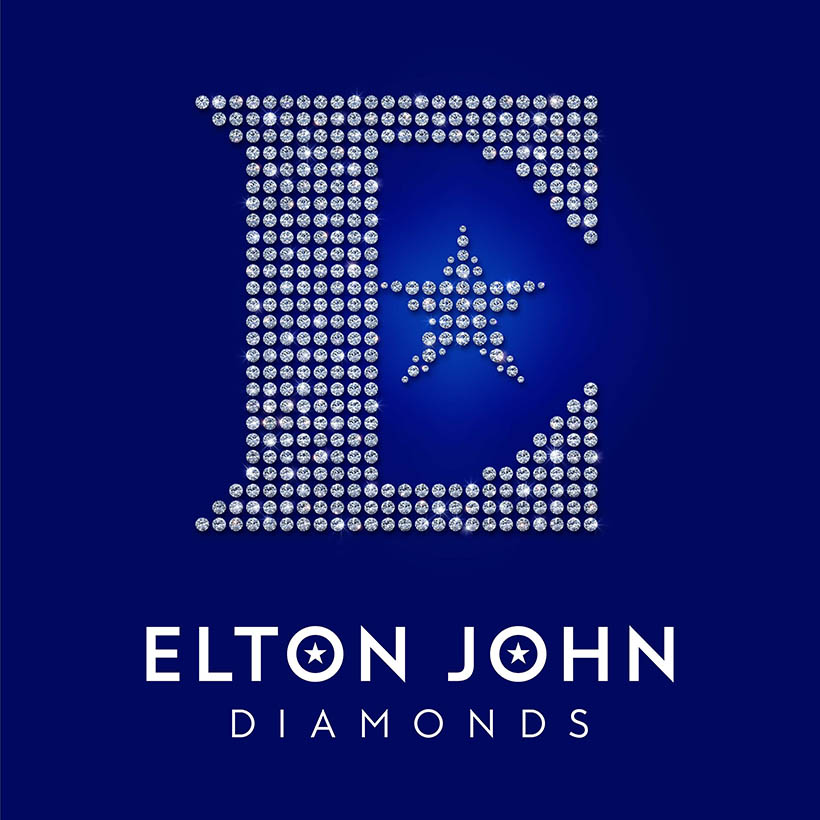
“For some people, a greatest hits album will be the beginning of a journey,” says writer, DJ and music consultant Daryl Easlea. A lifelong Elton John fan, in 2017 he lived out a fantasy when he curated Diamonds, the “all-killer, no-filler”, career-spanning compilation which hit No 7 on the US Billboard 200 on release and has spent over 400 weeks on the UK chart to date, finally hitting No 1 in January 2025.
For Easlea and the rest of John’s team, Diamonds was a chance to tell a definitive story of the singer-songwriter’s remarkable career. “Elton’s always been well served by compilations, so the first thought was, does the world need another greatest hits?” Easlea says. “But I think the resurgence of vinyl has been phenomenal and fascinating for the greatest hits market. A lot of those compilations had been done in the CD era – like Greatest Hits 1970-2002, which was full to the brim on both discs. I loved the idea of paring down Elton’s hits to a double LP, thinking what are the kids going to go and buy? Or if people are thinking, ‘oh, I like Elton John, and I’ve got this new record player, what can I get?’ There it is, sitting there – all killer, no filler.”
The Beatles – Red And Blue
Over the years, greatest hits albums have played a crucial role in shaping the way we see an artist. And as with so many things in pop and rock, The Beatles led the way. Though it seems difficult to imagine today, the simultaneous release of the double-albums 1962-1966 (‘Red’) and 1967-1970 (‘Blue’) was intended to stir up interest in the band at a point when then-manager, Allen Klein, was concerned that it was flagging, just three years after their split. The albums included the Fab Four’s era-defining hits alongside key album tracks to tell their story in all its eclectic, pioneering glory.
The genius move was dividing their career into distinct eras, illustrated by the photographs chosen for the front covers, taken by Angus McBeam in the exact same spot at EMI House, London, six years apart. The ‘Red’ album cover shot was a 1963 outtake from the Please Please Me cover shoot showing the clean-cut and suited young Beatles, while the ‘Red’ cover photograph, from 1969, was the intended cover of Get Back, by which point the band were long-haired, mustachioed and no longer in matching outfits. The two photographs tell The Beatles’ story in a nutshell, echoed by the increased sophistication and experimentation of the albums. The ‘Red’ and ‘Blue’ albums proved so popular that they served as a gateway into The Beatles’ music for millions, becoming beloved in their own right.
Queen
While the ‘Red’ and ‘Blue’ albums were compiled without the input of The Beatles, Queen’s Greatest Hits (1981) was a collaborative effort by each of the band’s four members – John Deacon, Brian May, Freddie Mercury and Roger Taylor. Rather than arranging the tracks in chronological order, Queen wanted to ensure that the album worked as a listening experience, taking care to order the songs in a satisfying way. “We thought ‘yeah, people are going to be putting this on their turntables’, as it was at the time, ‘and they will be listening to it in sequence’,” said Brian May. “And we want to give them a journey, the tracks have to work in sequence… most people’s Greatest Hits are like ‘yeah, we’ve got a couple but we’re going to throw a few things in which are kind of, could’ve been hits.’ But this is all gold-plated, chart material.”
It certainly did the trick. Queen’s Greatest Hits is the best-selling album of all time in the UK, selling over seven million copies to date. It has been certified nine-times platinum in the US and has sold over 25 million copies worldwide. Though the album was a moderate seller in the US on its release, it reached a peak of No 11 on the US Billboard 200 in 1992 when Queen experienced a surge in popularity following the Freddie Mercury Tribute Concert in April and the release of the movie Wayne’s World, which used the epic ‘Bohemian Rhapsody’ in an unforgettable and totally excellent scene. Since then, when Queen’s popularity reaches a new generation – as with the staging of the We Will Rock You musical or the release of Bohemian Rhapsody – it’s Greatest Hits that people reach for.
Elton John
As with Queen, Elton John was hands-on when it came to finalising the tracklisting of Diamonds, as Easlea confirms, “Elton was always overseeing, everything will go past him. The wonderful thing about Elton is that he is a music person, first and foremost. How many stars in his position would still do an hour-long radio show (Rocket Hour on Apple Music)? You can’t help but admire him.”
Unlike Queen’s Greatest Hits, the tracklisting of Diamonds is arranged in the order that the songs were hits. “I think powerfully, chronological order is my favorite when it comes to greatest hits,” says Easlea, “because – it’s really obvious – but you can hear an artist grow and change.”
A greatest hits album can also reflect a change in the public perception of an artist. Diamonds includes a couple of songs not included on previous ‘best of’ sets which are now seen as among John’s most beloved – “Tiny Dancer” (a Madman Across The Water album track which featured in a pivotal scene in the 2000 movie Almost Famous) and “Are You Ready For Love?,” a track from the 1979 EP The Thom Bell Sessions which became a hit when remixed in 2003.
For curators of hits collections, there are always going to be painful decisions when it comes to which songs to leave off. Unsurprisingly, considering the size and quality of John’s back catalogue, Diamonds was no exception. “I love this discipline of having five tracks a side; putting it together was like whittling away to get the most perfect sculpture.”
Buy the greatest Greatest Hits collections on vinyl and CD now.





